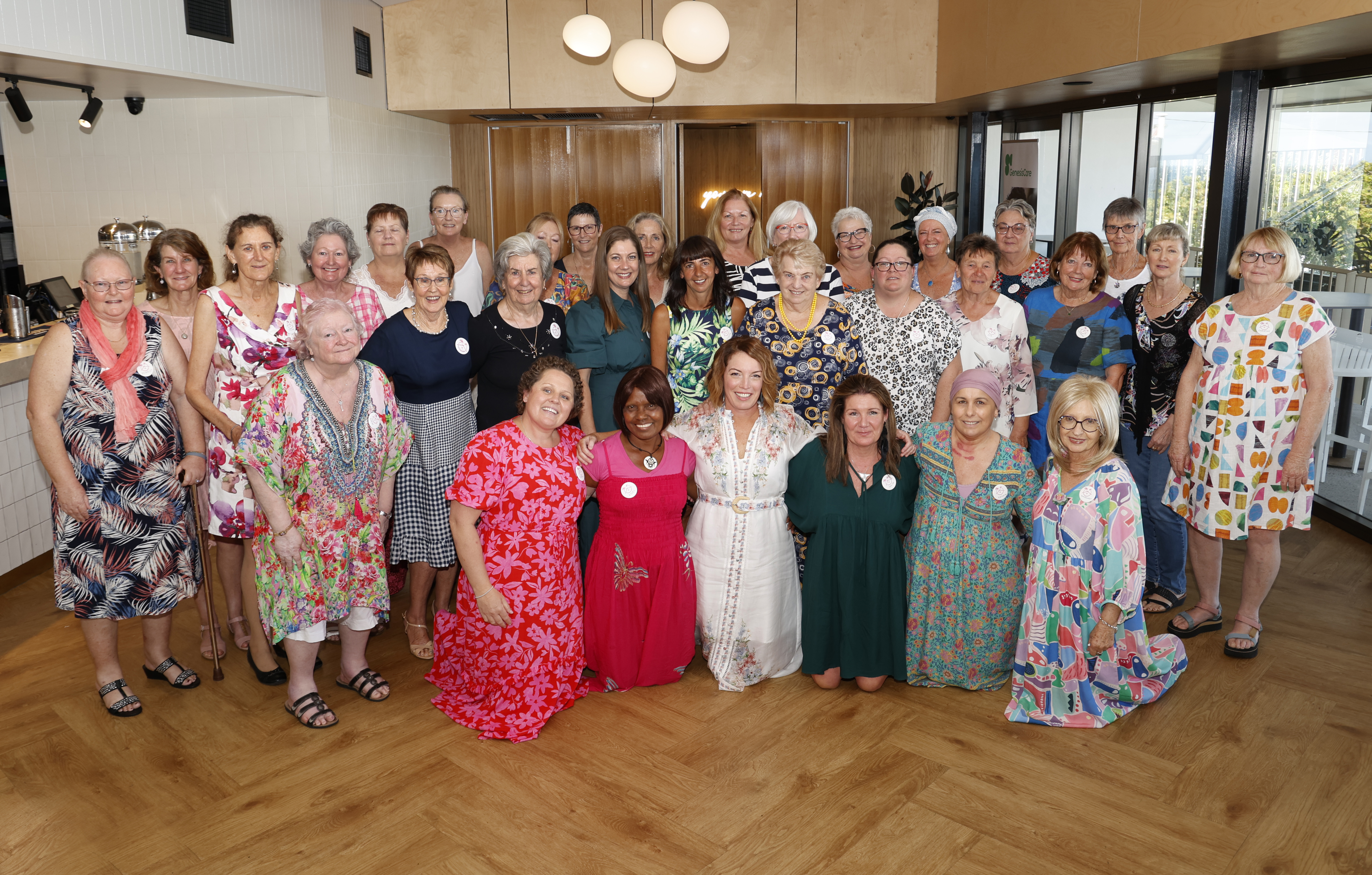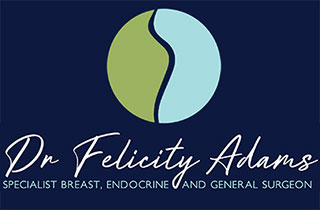Understanding Breast Cancer
Breast cancer is a significant health concern, affecting approximately 1 in 8 women in their lifetime. Although breast cancer is much rarer in men, 1 in 688 men in Australia will receive a breast cancer diagnosis. Pleasingly survival is also increasing with the most recent statistics indicating over 90% of all people diagnosed with breast cancer survive at least five years.
For many patients, early detection through mammograms or ultrasounds often leads to a positive prognosis and excellent long-term survival rates.
Types of Breast Cancer
Ductal Carcinoma In Situ (or DCIS)
- DCIS is early breast cancer which grows within the breast ducts. Part of the lining of the duct acts as a natural envelope or barrier for this very early cancer.
- Whilst it is “cancer” the fact it is contained within or insitu the body’s natural envelope, means it cannot do the nasty things we associate with cancer.
- DCIS cannot spread to other places and you cannot die from DCIS unless it changes into invasive cancer.
- Doctors cannot yet accurately predict which DCIS will change into invasive cancer. For that reason, currently all women with DCIS are recommended to have treatment.
- DCIS treatment is aimed at preventing the development of invasive carcinoma, and preventing the DCIS coming back.
- DCIS usually is picked up on screening mammograms and can be seen as calcifications.
- It is rare for DCIS to be felt, as it is uncommon for it to cause a lump.
- DCIS is treated with surgical excision – usually wide local excision.
- Uncommonly mastectomy is needed, especially if there is a very large area of DCIS or if a woman has previously received radiation to that breast.
- Sometimes radiotherapy is needed after surgery. This decision depends on the grade and other features on the histology (microscope assessment) of the tissue removed at the operation
Invasive Carcinoma
- Known by many names such as:
- Invasive ductal carcinoma (abbreviated to IDC)
- Invasive lobular carcinoma (ILC)
- Invasive carcinoma not otherwise specified (NOS)
- Or plain “Breast cancer”
- Breast cancer can be picked up on routine screening or the person may have noticed a change in their breasts which caused them to see their doctor.
- These changes can include a lump, skin retraction, nipple inversion or a change in shape or size of the breast, nipple discharge or a lump in the armpit.
- The treatment of breast cancer has many different aspects – surgery, radiotherapy, chemotherapy and endocrine treatment.
- Not all treatments are required in all patients – this depends on your individual situation – both tumour and patient factors.
- All treatment aimed at cure includes surgery.
- Surgery for invasive breast cancer always includes treatment of the lymph nodes and the breast.
- The breast can be treated with either mastectomy or wide local excision (lumpectomy).
- The lymph nodes are be treated with either a surgical biopsy (a sentinel lymph node biopsy) or an axillary dissection.
Other
There are less common forms of breast cancer which can be associated with a better or poorer outcome from disease.
Inflammatory breast cancer
This is a rare form of breast cancer where the cancer cells have spread into the lymphatics of the skin. Inflammatory cancer rarely presents with a discrete breast lump. It more commonly initially looks like mastitis and can sometimes be mistakenly treated with antibiotics. It is a more aggressive form of breast cancer, and its treatment is different from the usual regimen.
Paget’s disease of the nipple
This is breast cancer of the ducts at the nipple. The cancer migrates along the duct to involve the skin at the nipple. The nipple might be red, develop sores or ulcers and weep and/or bleed. It can be mistaken for dermatitis or eczema. Diagnosis involves a biopsy of the nipple and breast imaging. Mammogram and ultrasound can be normal in Paget’s disease. The treatment depends on how much of the breast is affected. Treatment involves surgery with/without radiotherapy.

The Goal of Breast Cancer Surgery
During your consultation with Dr. Felicity Adams, you may receive a thorough examination,
guidance on whether a biopsy or further imaging is needed, or simply advice on maintaining optimal breast health for the future.
Every treatment plan is uniquely crafted to fit your individual diagnosis, often involving a series of specialized treatments that may include surgery, chemotherapy, radiation therapy, or other tailored interventions.
The primary aim of breast cancer surgery is to remove the tumour completely to achieve effective treatment. Surgical techniques are tailored based on the unique features of each cancer, the patient’s overall health, and individual preferences.
You can read more about these treatments by following the links below:
With Dr. Adams and her dedicated team, you will receive the highest standard of care. Dr. Adams is the only breast surgeon on the Sunshine Coast offering a complete in-house support team, including a Breast Physician, a Breast Cancer Nurse, and a Wound Care Nurse.
This team-based approach ensures that every aspect of your breast cancer diagnosis and treatment is managed with exceptional expertise, compassion, and attention to detail. With all these resources at your side, you can feel confident that your journey will be guided by skilled professionals deeply committed to your well-being.
All URGENT REFERRALS with a Breast Cancer diagnosis will be seen with 3 working days of receiving the referral from your doctor.
If you require an URGENT APPOINTMENT, please contact our rooms directly on (07) 5353 5238. Our team is here to assist and will make every effort to ensure that Dr. Adams can see you as a priority.

